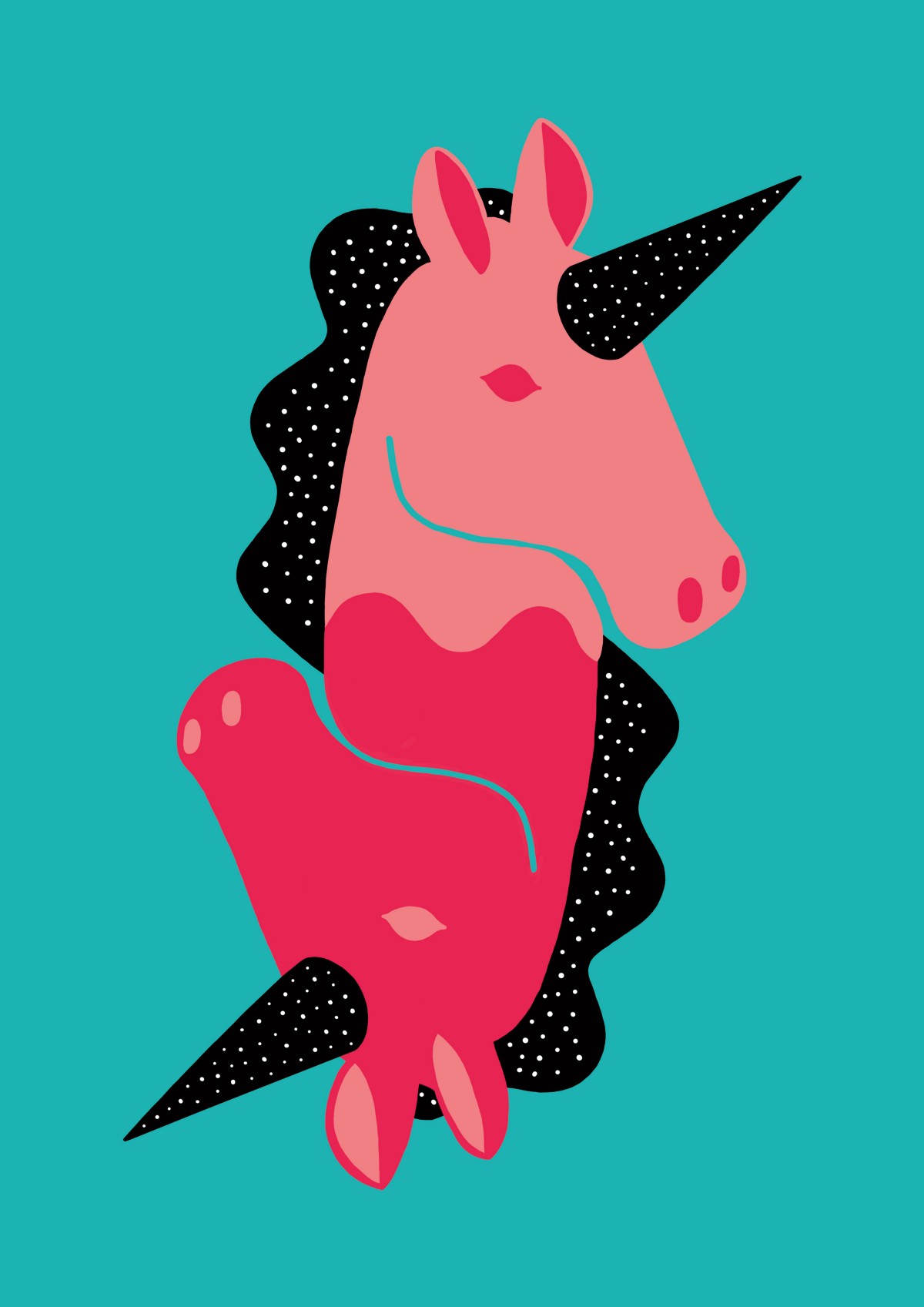For those reasons, Caio Braga and I decided to create a more structured guide for entry-level designers; a resource to address the needs of who’s starting now; selfishly, a single destination to refer to whenever we receive emails from designers looking for guidance.
We want this guide to serve as a reminder that when it comes to design, there’s no such thing as ultimate guides, magic formulas, or UX unicorns. There’s a lot of discipline and hard work, that’s what there is. We’re not interested in teaching people “How To Create Personas In 5 Simple Steps” or “Dos and Don’ts of Dark Mode UI”; we are more excited about helping new designers have a birds-eye view of digital design as a practice, and to reflect on their role as designers within their companies, communities, and society at large. We want them to start on the right foot.
Look, there won’t be a design job waiting for the reader at the end of the guide, and it is not a replacement for traditional education. The Guide To Design (for short) will give people a glimpse into what digital design work is really like, so they can decide if a career in UX might be right for them.
Our guide doesn’t have a lot of new, original content. Instead, we’re building on top of decades of existing literature from exceptionally talented designers who, at some point in their careers, decided to take the time to share knowledge online. Open. For free.
As writers ourselves, it can be tempting to want to re-write ideas and frame them into our own words. It’s too easy these days to start writing a new article, and to ignore everything that has been written, said, and published about that topic before. Instead, we decided to build our guide based on the work of other people who have been writing about design for years. We’re truly standing on the shoulder of giants.
If you know a bit of how the UX Collective began, you know we’re big believers of online knowledge sharing. That’s how we learned a big part of what we know about user experience: by reading blogs, case studies, articles. We believe everyone should have the opportunity to learn about our craft and our industry. Knowledge sharing can democratize design — ultimately making our industry more inclusive and vibrant. Lowering the barriers, so that new designers can raise the bar.
This is our first iteration of the guide; if you have thoughts, suggestions, links, and ideas: [email protected]
